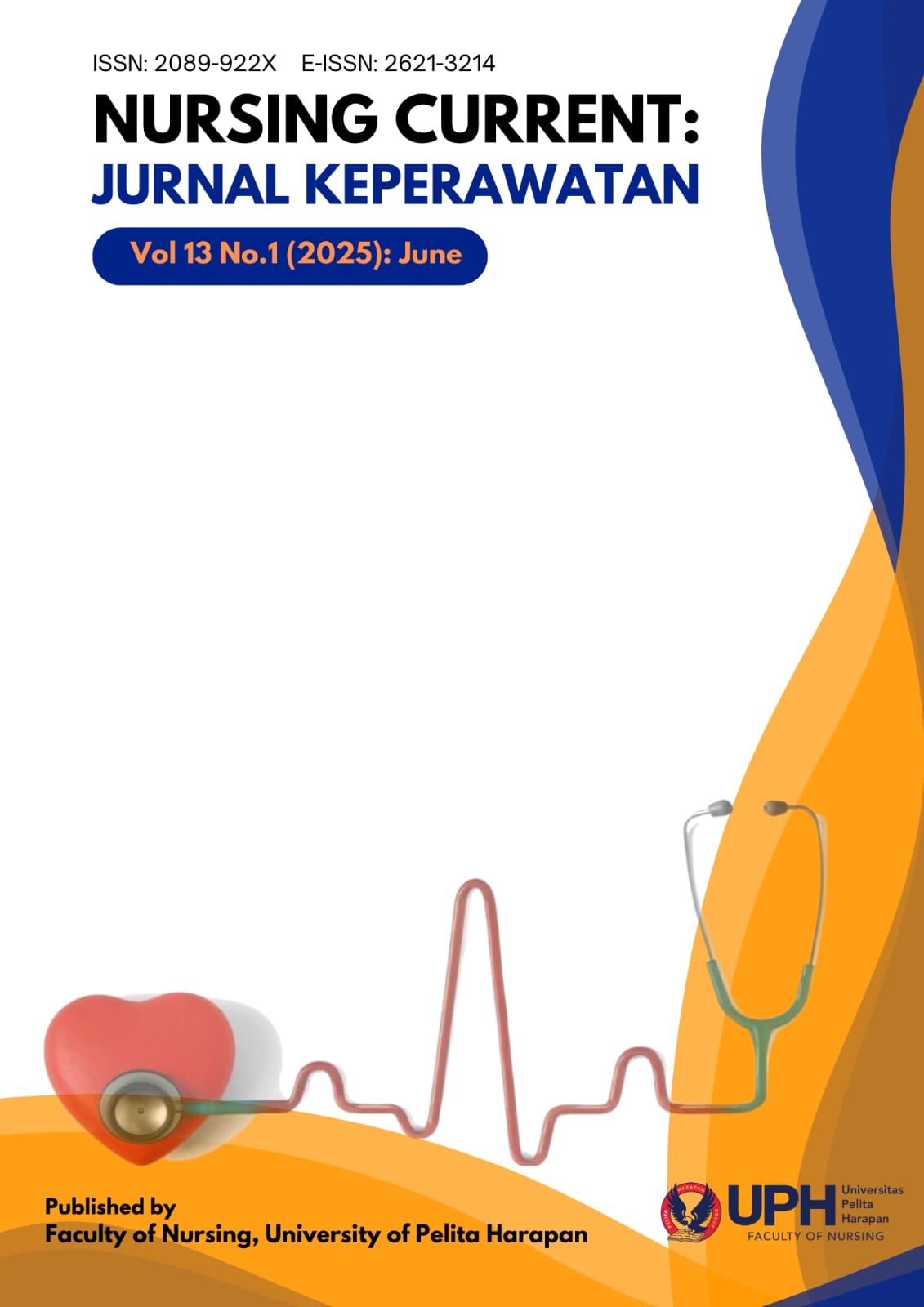Electrical Muscle Stimulation in Swim Training: A Performance and Safety Evaluation In Novice Swimmers
DOI:
https://doi.org/10.19166/nc.v13i1.9711Schlagworte:
Electrical Muscle Stimulation, Muscle Strength, Novice Athletes, Speed, Swimming PerformanceAbstract
Electrical Muscle Stimulation (EMS) activates muscle fibers by applying electrical currents via electrodes to targeted muscles and is widely used by competitive athletes. Despite its board application, the specific effects of EMS on swimmere remain underexplored. This study evaluates the effectiveness of EMS Butterfly in enhancing speed and performance among novice swimmers compared to conventional training. A single-group pre-post experimental design was conducted with 21 beginer swimmers (treatment group: 14; control group: 7). The treatment group received EMS for 15 minutes before regular training, twice weekly for once month. Speed was assessed by timing a 50-meter freestyle swim using a calibrated digital stopwatch. Statistical analysis included paired t-test and Shapiro-Wilk for normality. All participants were matched for ability and fitness and supervised by coaches and sport nurses. The treatment group demonstrated a mean time reduction of 14.0 seconds (95% CI: 3.63, 21.85), which was statistically significant (p<0.05), whereas the control group improved by 3.7 seconds (95% CI: -7.87, 15.29; p>0.05). The difference between groups was stattiscally significant. These findings indicate that EMS Butterfly is effective for improving novice swimmers' performance, supporting its integration into training programs. Further research is recommended to evaluate long-term effects across performance levels.
Literaturhinweise
Choi, D., & Shin, W.-S. (2021). Effect of Electrical Muscle Stimulation Belt for Abdominal Muscles Activation. Physical Therapy Rehabilitation Science, 10(4), 444–449. https://doi.org/10.14474/ptrs.2021.10.4.444
Evenetus, Y., Mulyana, R. B., & Ma’mun, A. (2019). Pengaruh Program Latihan terhadap Peningkatan Kekuatan, Power, Daya Tahan Lengan dan Performa Renang 50 Meter Gaya Bebas. Jurnal Penelitian Pendidikan, 19(3), 445–455. https://doi.org/10.17509/jpp.v19i3.22337
Kaçoğlu, C., & Kale, M. (2015). Elektromyostimülasyon ile İlgili Elektriksel Akım Parametreleri ve Metodolojisi. CBU Journal of Physical Education and Sport Sciences, 10(2), 34–47. https://dergipark.org.tr/tr/pub/cbubesbd/issue/32242/357841
Maffiuletti, N. A., Gometti, Amiridis, Martin, Pousson, & Chatard. (2000). The Effects of Electromyostimulation Training and Basketball Practice on Muscle Strength and Jumping Ability. International Journal of Sports Medicine, 21(6), 437–443. https://doi.org/10.1055/s-2000-3837
Matitaputty, J. (2024). The Relatioship between Leg Muscle Strength Arm Muscles and Self-Confidence with 50 Metres Swimming Speed Free Style. KnE Social Sciences. https://doi.org/10.18502/kss.v9i31.17595
Micke, F., Kleinöder, H., Dörmann, U., Wirtz, N., & Donath, L. (2018). Effects of an Eight-Week Superimposed Submaximal Dynamic Whole-Body Electromyostimulation Training on Strength and Power Parameters of the Leg Muscles: A Randomized Controlled Intervention Study. Frontiers in Physiology, 9(1719), 1–9. https://doi.org/10.3389/fphys.2018.01719
Montenegro, J. D. O., & Gutierres, L. L. B. (2024). Atuação Da Enfermagem Em Saúde Esportiva: Cuidados Essenciais Para Atletas Paralímpicos Com Lesão Medular E Paralisia Cerebral. Revft, 28(139), 40–41. https://doi.org/10.69849/revistaft/ch10202410312140
Nishikawa, Y., Watanabe, K., Takahashi, T., Maeda, N., MAruyama, H., & Kimura, H. (2021). The effect of electrical muscle stimulation on quadriceps muscle strength and activation patterns in healthy young adults. Journal of Sport Science, 21(10), 1414–1422. https://doi.org/10.1080/17461391.2020.1838617
Plumb, D. M. (2024). Use of Post-Exercise Recovery Strategies in Team and Individual Sports. Journal of Clinical Exercise Physiology, 13(s2), 445–445. https://doi.org/10.31189/2165-7629-13-s2.445
Setiawan, Y., Sodikoen, I., & Syahara, S. (2018). Kontribusi Kekuatan Otot Tungkai terhadap Kemampuan Dollyo Chagi Atlet Putera Tae Kwon Do di BTTC Kabupaten Rokan Hulu. Jurnal Performa Olahraga, 3(1), 15–20. https://doi.org/10.24036/kepel.v3i01.39
Syam, N., & Bismar, A. R. (2020). Hubungan Daya Ledak Tungkai dan Kekuatan Otot Lengan terhadap Kemampuan Renang Gaya Dada Pada Atlet Renang PR. Garuda Laut Makassar. COMPETITOR: Jurnal Pendidikan Kepelatihan Olahraga, 10(2), 55. https://doi.org/10.26858/com.v10i2.13185
Wahyudi, I., Raharjo, S., & Abdullah, A. (2018). Pengaruh Electro Muscle Stimulation Pada Otot Tungkai Terhadap Peningkatan Kecepatan dan Kelincahan Siswa Akademi Arema U-17 Kota Malang. Jurnal Sport Science, 8(2). https://doi.org/10.17977/UM057V8I2P131-137
Widyatama, A. (2011). Pengaruh Neuromusculer Electrical Stimulation NMES)Terhadap Peningkatan Kekuatan Otot Quadricep Femoris Dan Kemampuan Jumping Pada Atlit Bola Voli [Thesis (Skripsi)]. Universitas Muhammadiyah Surakarta.
Wirtz, N., Zinner, C., Doermann, U., Kleinoeder, H., & Mester, J. (2016). Effects of Loaded Squat Exercise with and without Application of Superimposed EMS on Physical Performance. Jousnal of Sport Science & Medicine, 15(1), 26–33. https://pmc.ncbi.nlm.nih.gov/articles/PMC4763843/
Downloads
Veröffentlicht
Zitationsvorschlag
Ausgabe
Rubrik
Lizenz
Copyright (c) 2025 Al Ghumayda, Afianti Sulastri, Upik Rahmi, Boyke Maulana

Dieses Werk steht unter der Lizenz Creative Commons Namensnennung - Weitergabe unter gleichen Bedingungen 4.0 International.
Authors who publish with this journal agree to the following terms:
1) Authors retain copyright and grant the journal right of first publication with the work simultaneously licensed under a Creative Commons Attribution License (CC-BY-SA 4.0) that allows others to share the work with an acknowledgement of the work's authorship and initial publication in this journal.
2) Authors are able to enter into separate, additional contractual arrangements for the non-exclusive distribution of the journal's published version of the work (e.g., post it to an institutional repository or publish it in a book), with an acknowledgement of its initial publication in this journal.
3) Authors are permitted and encouraged to post their work online (e.g., in institutional repositories or on their website). The final published PDF should be used and bibliographic details that credit the publication in this journal should be included.

This work is licensed under a Creative Commons Attribution-ShareAlike 4.0 International License.






